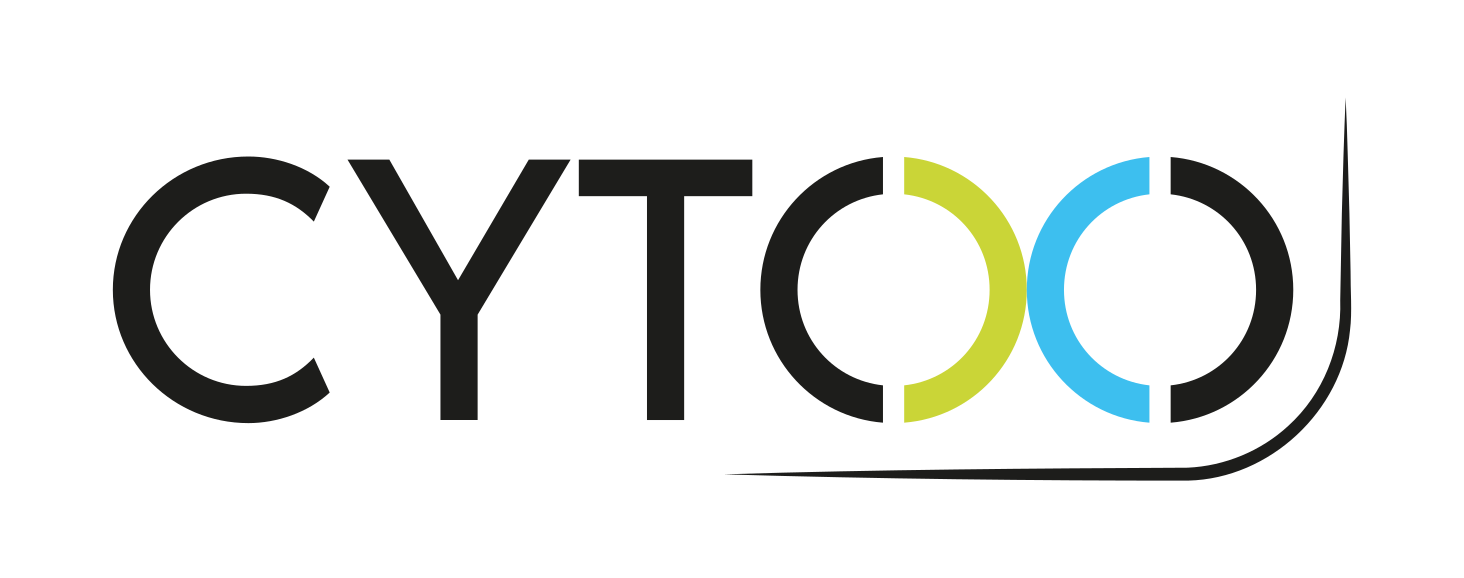About CYTOO
CYTOO is a Contract Research Organization (CRO) specializing in the modeling of human muscle pathologies with the capacity to support all stages of drug discovery. The company was cofounded in 2008 by Jacques Lewiner, a renowned physicist and inventor known for his significant contributions to the fields of physics, medical imaging, and telecommunications, and today combines scientific excellence with technological innovation.
Our proprietary platform MyoScreen™, enables custom in vitro discovery services, from disease modelling and target identification to high-content compound screening and the development of GMP-compliant potency assays for batch release. By early 2026, CYTOO will operate cGMP-certified facilities, to develop, qualify, perform in-house validated custom potency assays in full compliance with current Good Manufacturing Practice (cGMP) regulations.
CYTOO has pioneered the ability to control the cellular microenvironment using micropattern technology. This innovation allows us to transform assays that are typically unpredictable, low-throughput, and poorly reproducible into robust, standardized, high-content analysis tools.
Our mission
Muscle function is compromised at birth in rare genetic diseases and deteriorates with ageing, chronic conditions such as cardiometabolic and renal diseases, and sedentary lifestyles.

Our approach
Each scientific collaboration is unique

A proven expertise in vitro muscle modeling
CYTOO stands out for its unique expertise in muscle pathologies and its proprietary MyoScreen™ platform. This world-exclusive platform developed by CYTOO enables the modeling of muscle pathologies, target identification, high-content compound screening, and the development of potency assays.

A highly personalized approach
Our uniqueness manifests through our highly personalized approach in each collaboration. We foster genuine collaborative relationships with our pharmaceutical and biotechnology partners, creating an ecosystem of shared innovation.

A remarkable level of robustness
The exceptional quality of data we produce constitutes a key differentiating factor. Our unique combination of sophisticated in vitro cell models, advanced imaging expertise, and AI-assisted data analysis enables us to deliver results of remarkable precision, reliability and robustness, essential for critical decision-making in drug development.
Do you want to join our team?
Contact us
CYTOO SA – Headquarter
7 Parvis Louis Néel,
CS 20050 BHT – Bât. 52
38040 Grenoble cedex 9
FRANCE
Phone : +33 (0)4 38 88 47 05
CYTOO SA – Secondary Office
16 Chemin du Vieux Chêne
38240 Meylan
FRANCE




